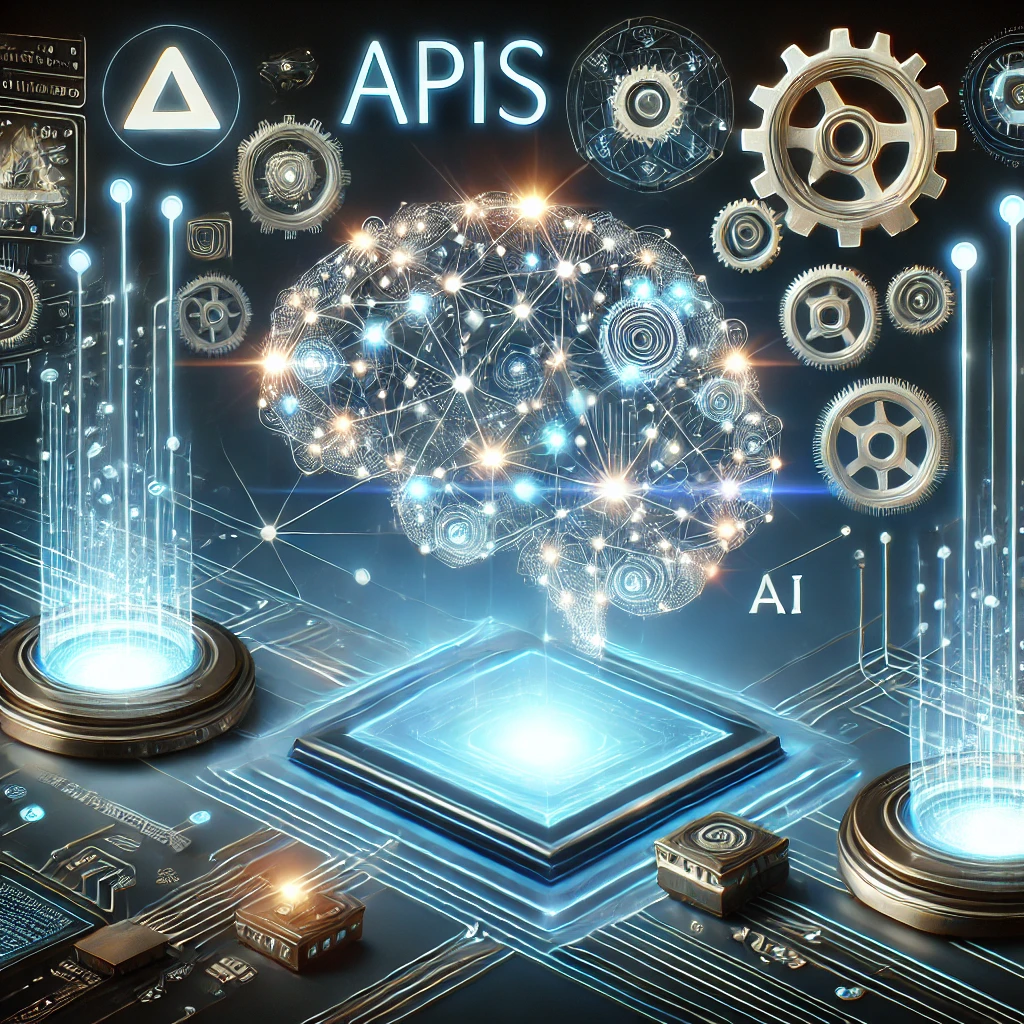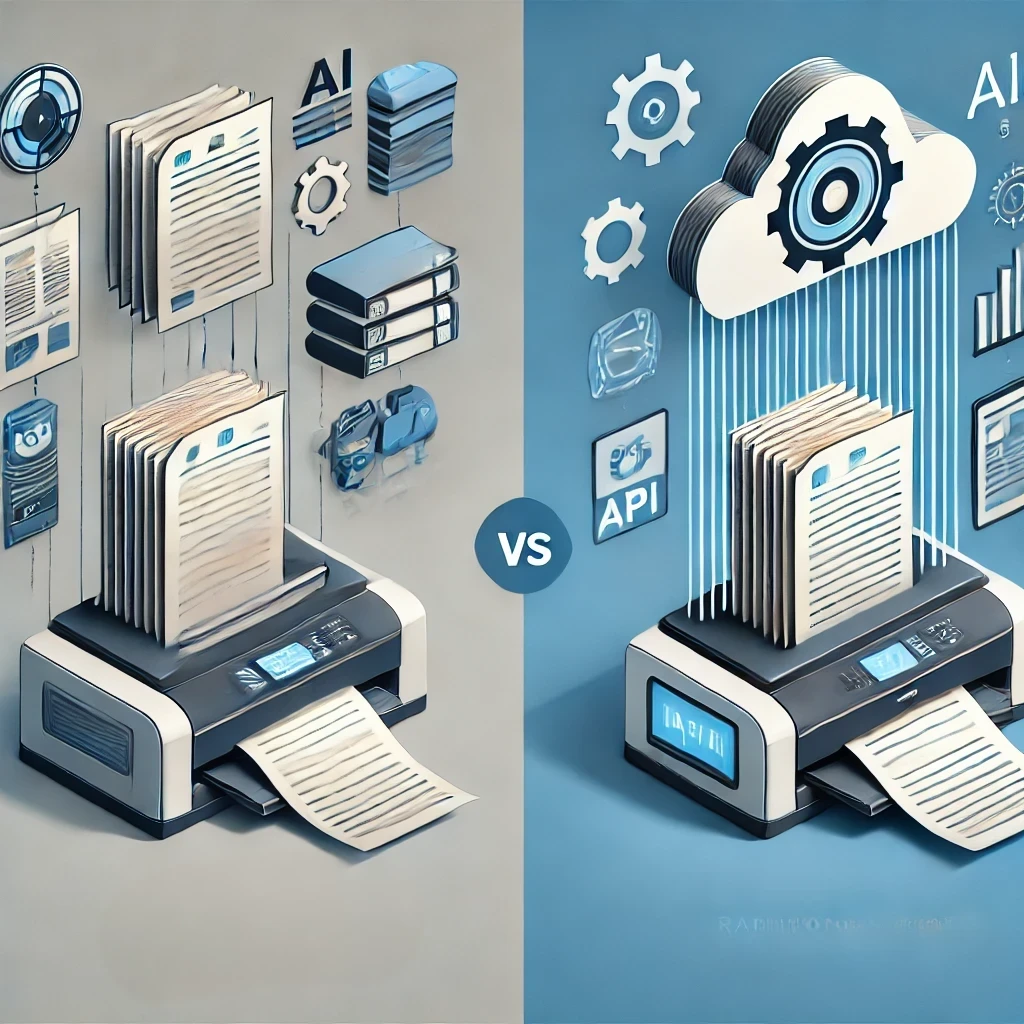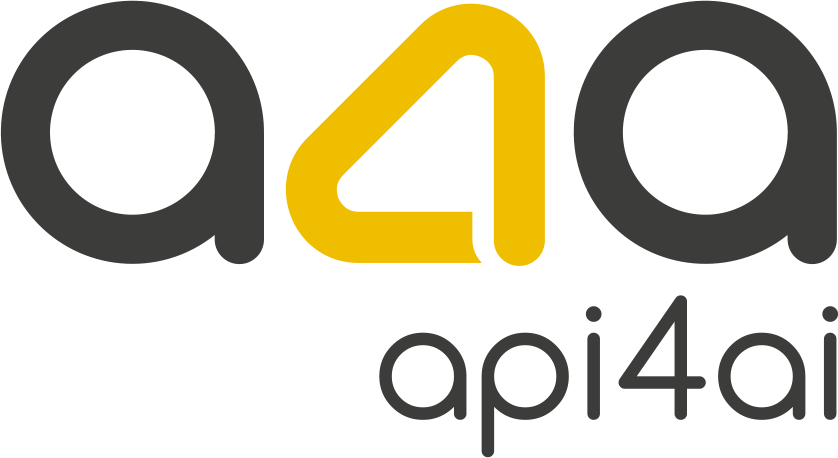
Cloud APIs: Key Benefits and Challenges for Online Businesses
Cloud APIs have rapidly emerged as vital tools powering online businesses by enabling faster innovation, lower costs and improved scalability. However, adopting them isn't without its challenges, including integration complexities, security risks and potential vendor lock-in. This article explores the significant benefits of cloud APIs, addresses common adoption hurdles, highlights the strategic value of custom API development and discusses emerging trends that are shaping the future of cloud-driven business.

AI Tools: Just a Fad or a Game-Changer for Real Businesses?
Artificial intelligence is no longer just a futuristic buzzword — it is actively transforming industries, streamlining operations, and creating new opportunities for businesses of all sizes. But is AI truly a long-term game-changer, or is it just another tech trend that will fade away?
This article explores AI’s real impact on business operations, debunking common myths and highlighting the key benefits that drive efficiency, accuracy, and scalability. From automating repetitive tasks and reducing costs to enhancing decision-making and improving customer experiences, AI-powered solutions are proving their value across various industries.
However, successful AI adoption requires more than just plugging in a new tool. Businesses must consider data readiness, security, integration challenges, and long-term scalability to ensure AI aligns with their strategic goals. Whether starting with off-the-shelf AI APIs or investing in custom AI solutions, companies that embrace AI today will gain a competitive advantage in the evolving digital landscape.
As AI continues to evolve, the businesses that adapt, experiment, and innovate will be the ones leading the future. Are you ready to take the next step in AI adoption?

Off-the-Shelf AI Cloud APIs for Enterprise Businesses: Pros & Cons
AI is transforming enterprise operations, offering automation, efficiency, and scalability like never before. Businesses today have two primary options for integrating AI into their workflows: off-the-shelf AI APIs or custom AI development. While ready-made AI APIs provide instant access to advanced AI capabilities such as OCR, object detection, background removal, and facial recognition, they also come with limitations in customization, cost scaling, and data privacy.
This blog post explores the advantages and drawbacks of off-the-shelf AI APIs, helping enterprises determine whether they should rely on pre-built AI models or invest in custom AI development. We discuss key factors such as cost efficiency, scalability, security concerns, and long-term sustainability, providing a strategic framework for businesses looking to maximize the benefits of AI while minimizing risks.
Choosing the right AI approach is crucial for driving efficiency, reducing operational costs, and staying ahead of the competition. Whether leveraging cloud-based AI APIs for quick integration or developing tailored AI solutions for specialized needs, enterprises must carefully evaluate their AI strategy to ensure long-term success.

Off-the-Shelf AI APIs: The Winning Strategy for Startups
Artificial intelligence has become a game-changer for startups, offering powerful tools to automate tasks, enhance user experiences and drive innovation. However, building AI solutions from scratch can be expensive, time-consuming and technically complex — challenges that most early-stage companies can’t afford. This is where off-the-shelf AI APIs come in.
Pre-built AI solutions allow startups to integrate advanced capabilities like optical character recognition (OCR), background removal, object detection, brand recognition and image anonymization without the need for specialized expertise. These APIs reduce development costs, accelerate time-to-market and provide scalable solutions that grow with the business.
In this blog post, we explore the key benefits of AI APIs, practical use cases across various industries and strategies for seamless implementation. We also discuss when custom AI development makes sense and how startups can balance pre-built solutions with tailored models to gain a competitive advantage. Whether you're looking to automate processes, improve product offerings or enhance customer engagement, leveraging AI APIs can help turn your startup’s vision into reality — faster and more efficiently than ever before.

APIs for AI: The Ideal Fusion of Tools and Technology
Artificial intelligence is transforming industries, but integrating AI from scratch can be costly and complex. AI-powered APIs bridge this gap, offering businesses ready-to-use AI capabilities that enhance efficiency, automate tasks and drive innovation. From OCR for document automation to facial recognition for security, AI APIs make advanced technology accessible without requiring deep machine learning expertise.
In this blog post, we explore how AI APIs streamline business processes, improve scalability and future-proof operations. We also discuss key considerations for selecting the right AI API, the benefits of custom AI solutions and emerging trends like real-time AI processing and multimodal AI. Whether you're looking for quick AI integration or long-term strategic AI investment, APIs provide a flexible, scalable path to success in an AI-driven world.

OCR API vs Traditional OCR Tools: Which One Wins?
OCR technology has revolutionized how businesses extract text from documents and images, eliminating the need for manual data entry. While traditional OCR tools offer offline functionality and full control over data processing, they come with high costs and scalability challenges. Cloud-based OCR APIs provide a modern, AI-driven alternative that is more flexible, cost-effective and easy to integrate. These solutions continuously improve accuracy, support multiple languages and scale effortlessly to meet growing demands. As businesses move toward automation, choosing the right OCR solution is essential for staying competitive. This guide explores the key differences between traditional OCR tools and OCR APIs, helping businesses determine the best approach for their needs.

Object Detection APIs: Top Industry Applications & Benefits
In today’s data-driven world, businesses across industries are turning to AI-powered object detection APIs to automate image analysis, enhance efficiency and gain deeper insights. From e-commerce product tagging and manufacturing quality control to real-time security monitoring and personalized customer experiences, object detection is revolutionizing workflows and reducing reliance on manual processes.
This article explores the top industry applications of object detection APIs, highlighting their key benefits, including cost savings, scalability and competitive insights. Whether leveraging off-the-shelf solutions or investing in custom AI models, businesses can unlock new opportunities and future-proof their operations. As automation becomes essential for staying ahead, now is the time to explore how object detection can streamline processes, improve accuracy and drive innovation.

AI and Digital Asset Management
The exponential growth of digital assets has made effective management more challenging than ever. Traditional systems often fall short in handling the volume, complexity and demands of modern workflows. AI-powered solutions are revolutionizing Digital Asset Management (DAM) by automating repetitive tasks, enhancing metadata accuracy, enabling intelligent search and scaling with growing content libraries. Discover how AI transforms DAM into a smarter, more efficient system, empowering organizations to unlock the full potential of their digital assets and stay ahead in today’s content-driven world.

Custom AI Development vs Off-the-Shelf Solutions: What’s Best for Your Business?
Choosing between custom AI development and off-the-shelf solutions is a critical decision for businesses integrating image processing technologies. While off-the-shelf tools offer quick deployment and cost-effectiveness for general tasks, custom AI provides tailored precision and scalability for unique challenges. This blog explores the strengths and limitations of each approach, helping you determine the best fit for your business needs and long-term goals.
